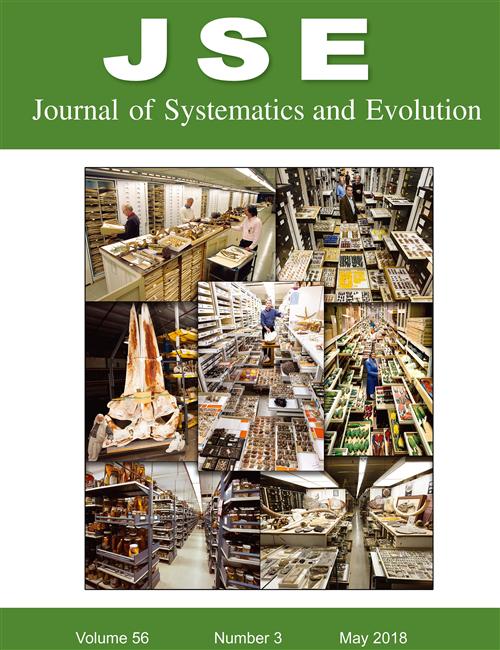Vicki A. Funk
Discoveries from collections‐based science change the way we perceive ourselves, our environment, and our place in the universe. The 18th Century saw the beginning of formal classification with Linnaeus proposing a system to classify all of life. The 19th Century ushered in the age of exploration as naturalists undertook large‐scale collecting expeditions leading to major scientific advances (the founding of Physical Geography, Meteorology, Ecology, Biogeography, and Evolution) and challenging long held beliefs about nature. In the 20th Century collections were central to paradigm shifts, including theories of Continental Drift and Phylogenetic Systematics; Molecular Phylogenetics added testable hypotheses, and computerized specimen records gave rise to the field of Biodiversity. In the first 15 years of the 21st Century we have seen tree‐thinking pervade the life sciences, leading to the emergence of Evolutionary Medicine, Evolutionary Ecology, and new Food Safety methods. More advances are on the way: (i) Open access to large amounts of specimen data & images, (ii) Linking of collections and climate data to phylogenies on a global scale, and (iii) Production of vast quantities of genomic data allowing us to address big evolutionary questions. As a result of collections‐based science people see themselves not as the center of all things but rather as part of a complex universe. It is essential that we integrate new discoveries with knowledge from the past (e.g., collections) in order to understand this planet we all inhabit. To ensure the health of collections‐based science we must come together and plan for the future.










